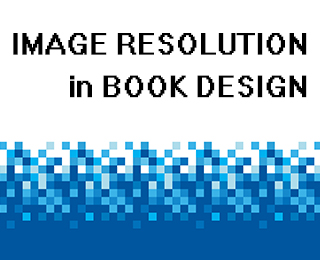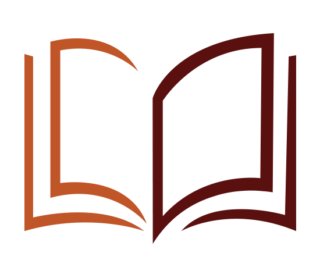
by Kimberly Martin | Oct 24, 2012 | Book Design |
Most book printers and publishers have image resolution requirements for images included in the book’s interior. Typically they will ask that all images be 300 ppi (pixels per inch) resolution and sometimes more. If your images do not meet these requirements they may reject your book files or warn you that the quality may be poor. (more…)

by Kimberly Martin | Oct 17, 2012 | Book Design |
Fonts are an important part of your book. They set the mood and can effect the readability of your text. Your book could have potential to be a bestseller but if someone has trouble reading it due to a bad font choice they might just put it down without finishing or recommending it to a friend. (more…)

by Kimberly Martin | Oct 1, 2012 | Self-Publishing, Writing Tips |
Proofreading your book is one of the most important steps in self publishing. The cost of not proofreading or not proofreading properly can be high. Unlike traditional publishing, when you self publish the job of proofreading and editing is yours. When you send your book off to be produced it will be published exactly as you send it, mistakes and all. Some people look down on self published books because they look “amateurish”. One of the reasons for this is that many self published authors publish their book with spelling and grammar errors. Don’t let yourself be one of those authors. (more…)

by Kimberly Martin | Sep 10, 2012 | Book Design, Word Tips for Writers |
Creating a book that has blank lines for readers to write on such as a journal or workbook? The instructions below will show you how to create note lines in Microsoft Word without using multiple underscores, which often do not format properly. (more…)

by Kimberly Martin | Aug 12, 2012 | Book Design |
Your book format will likely include a few blank left hand pages. These blank pages are used so that new chapters and front matter section,s such as the table of contents, dedication, foreword, etc., start on a right hand page in a book. (more…)




